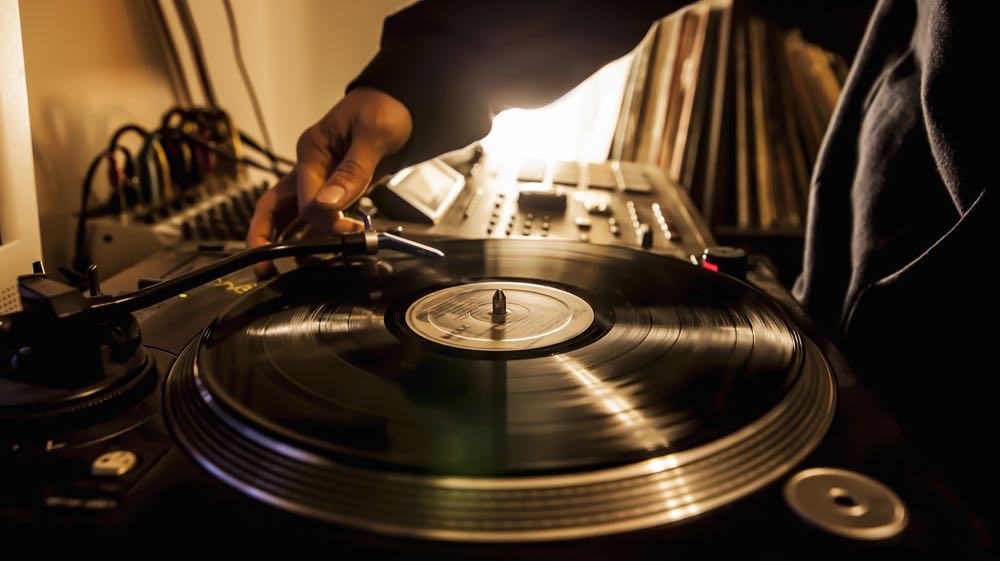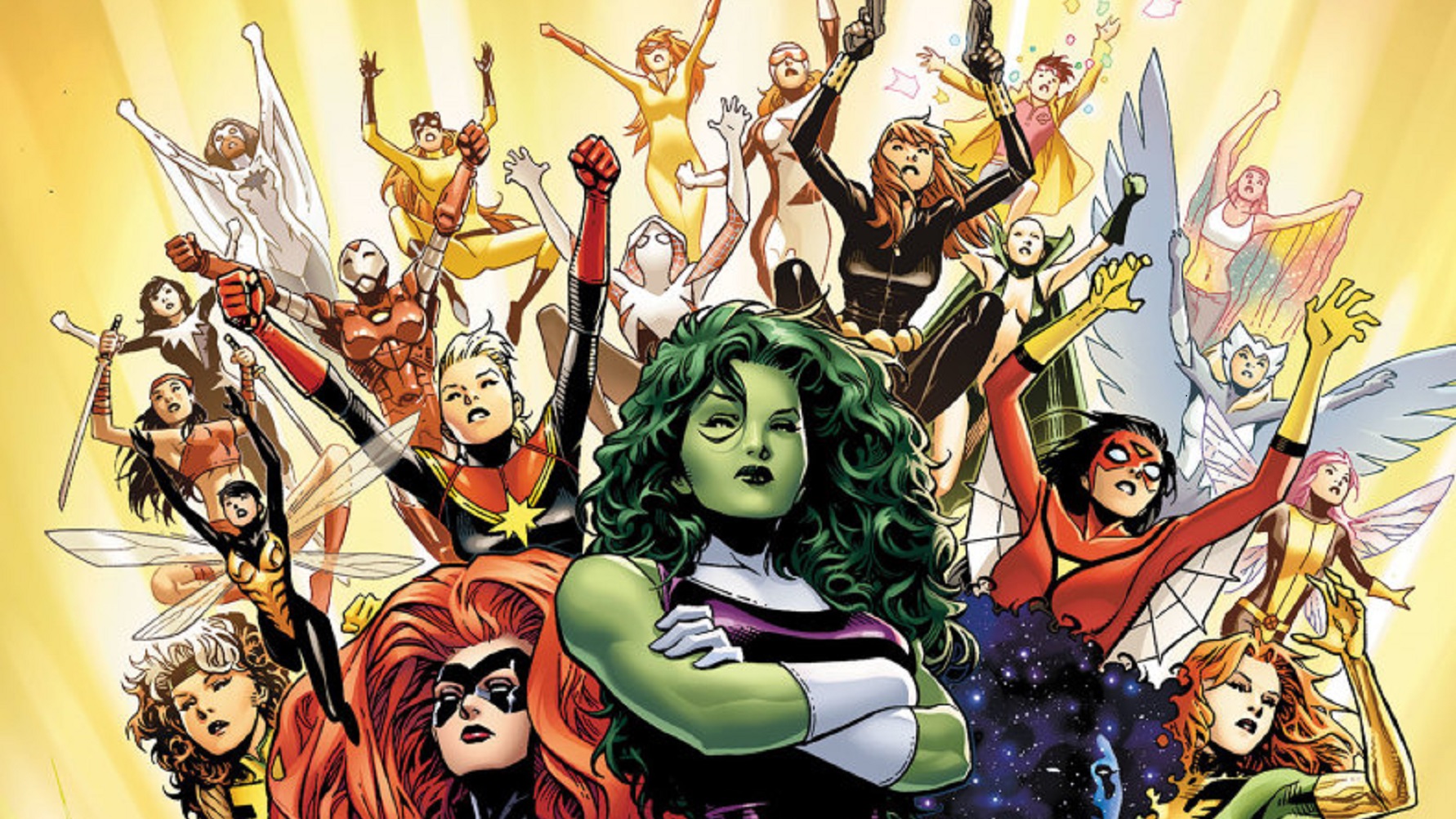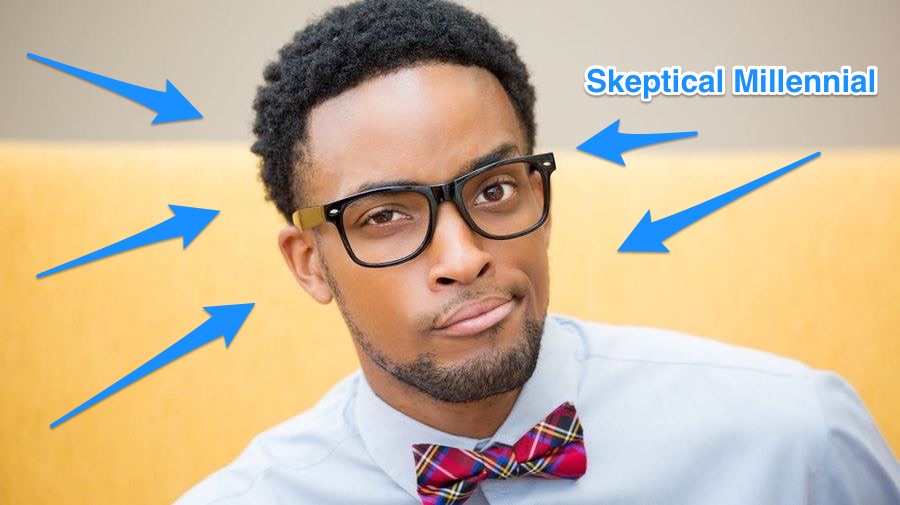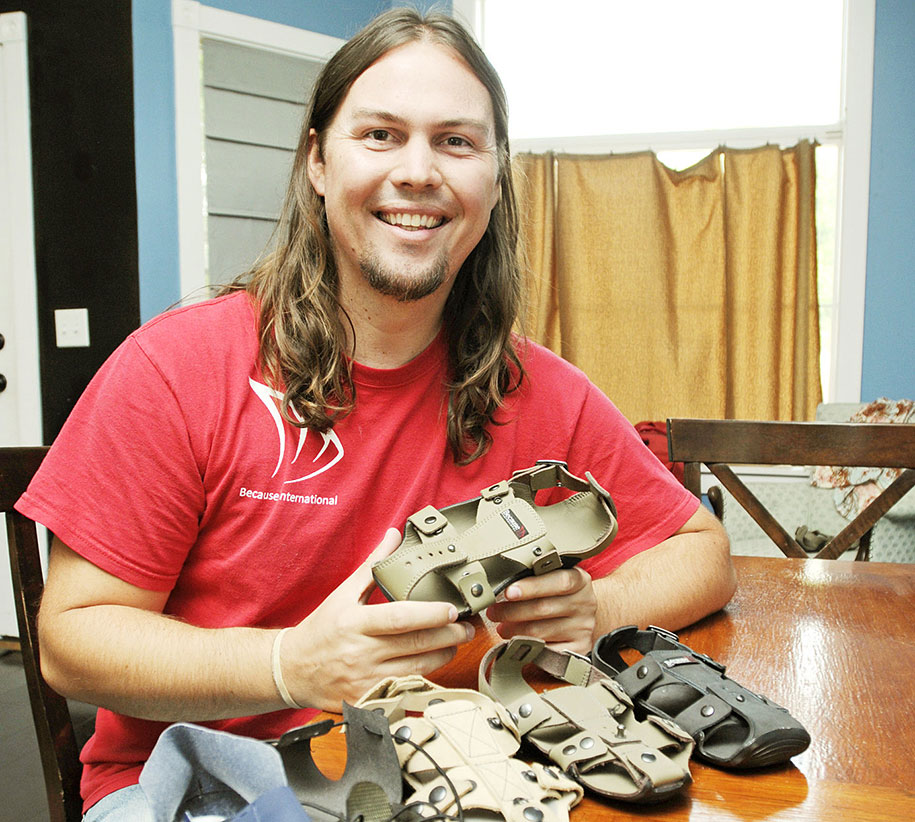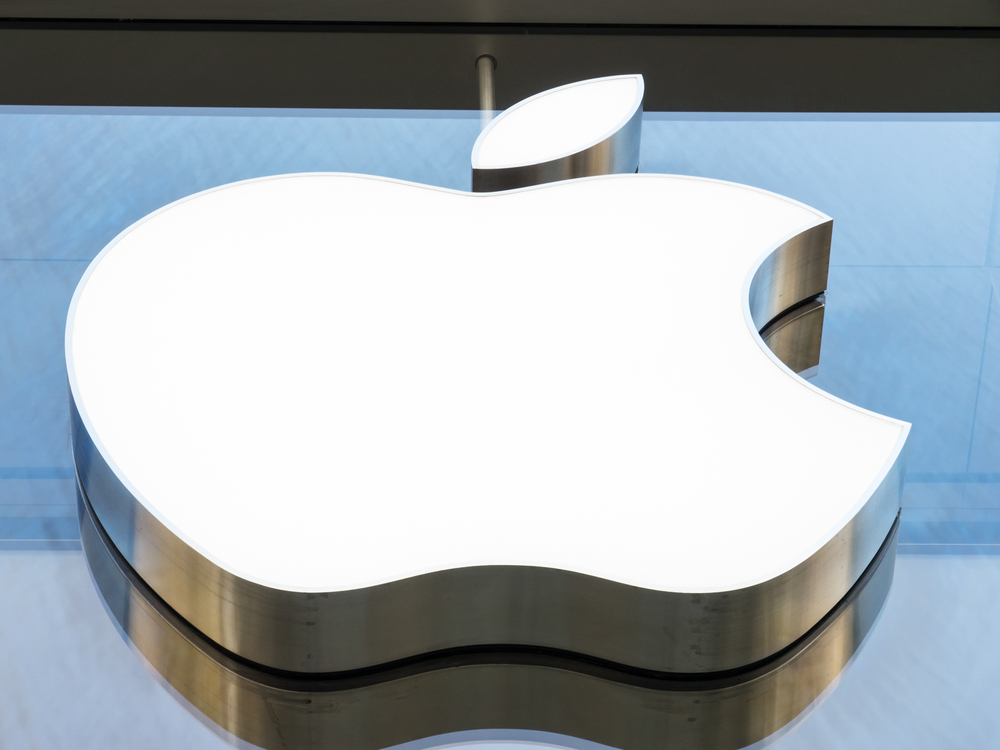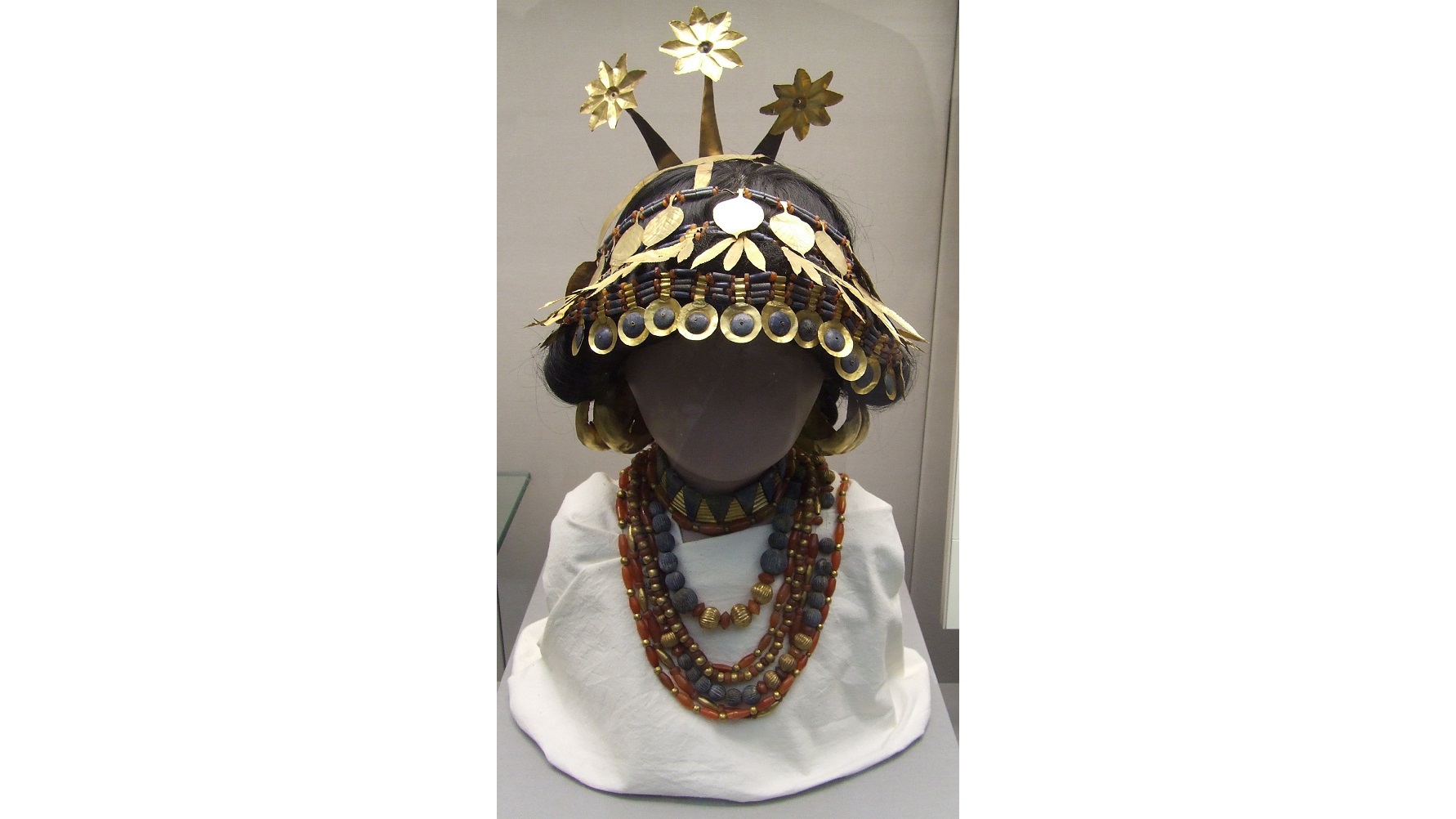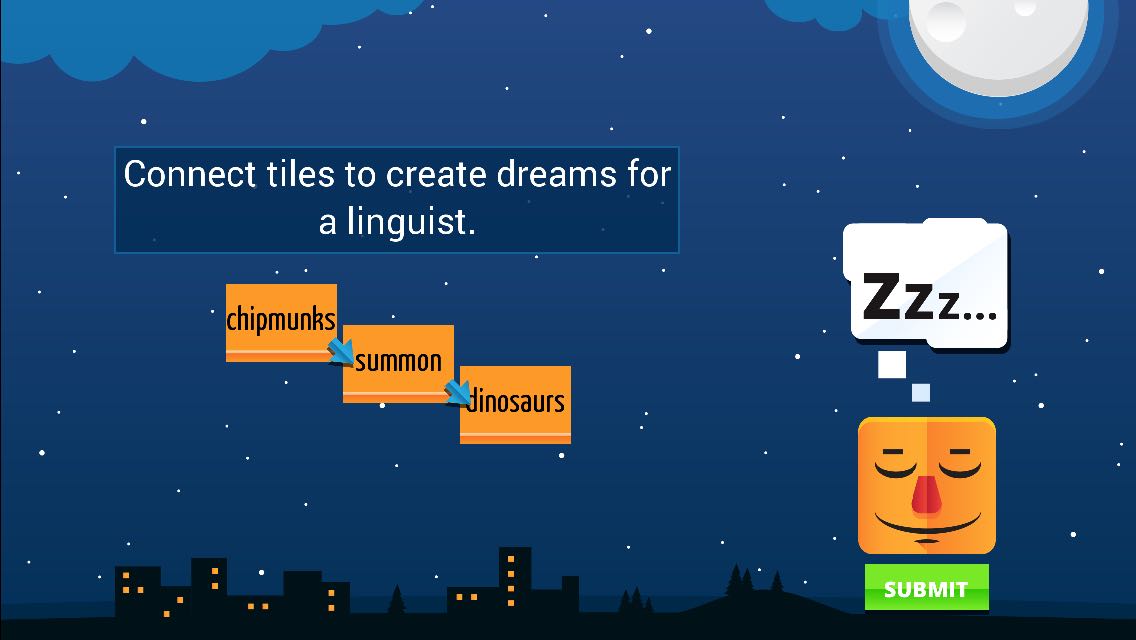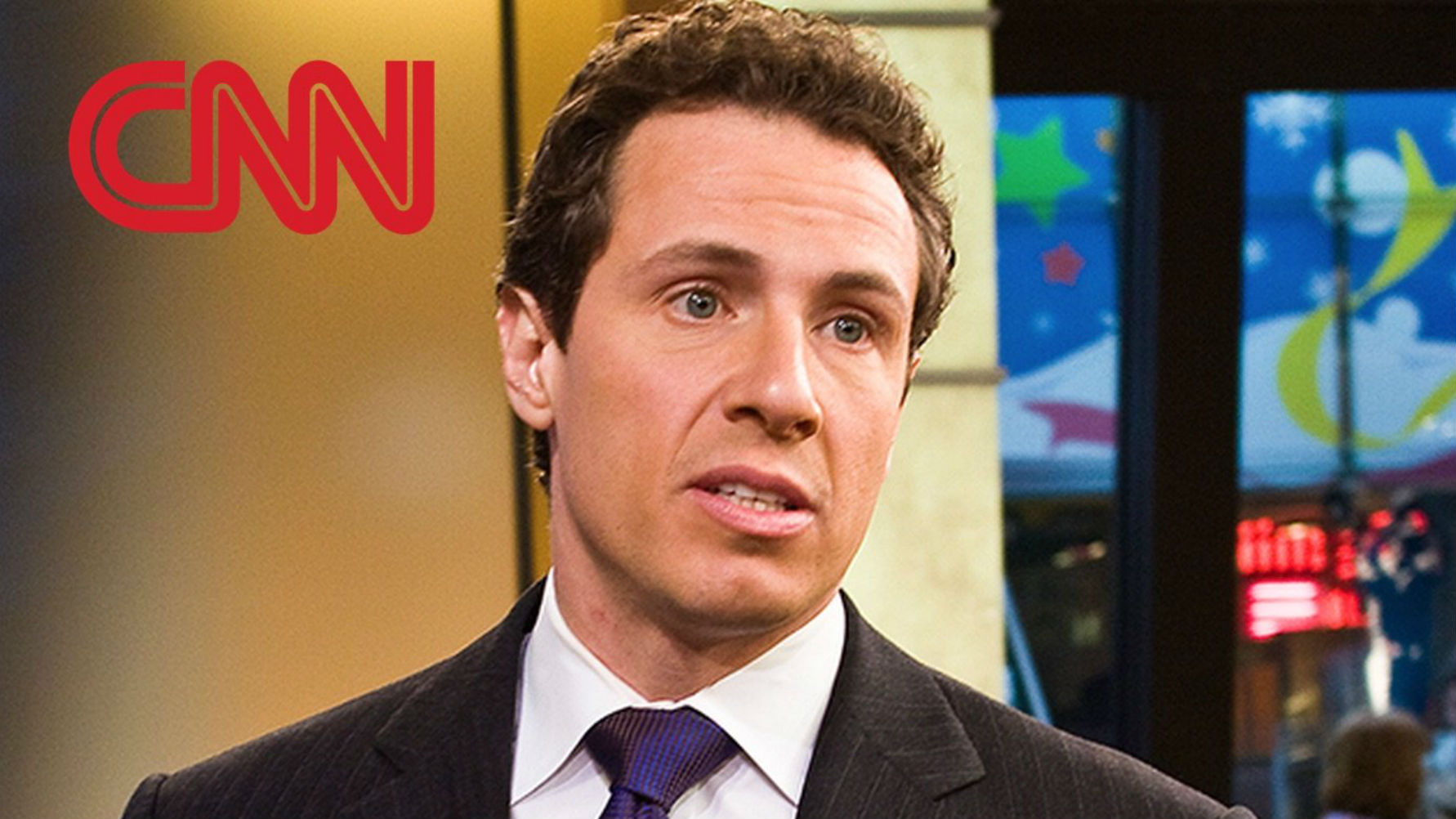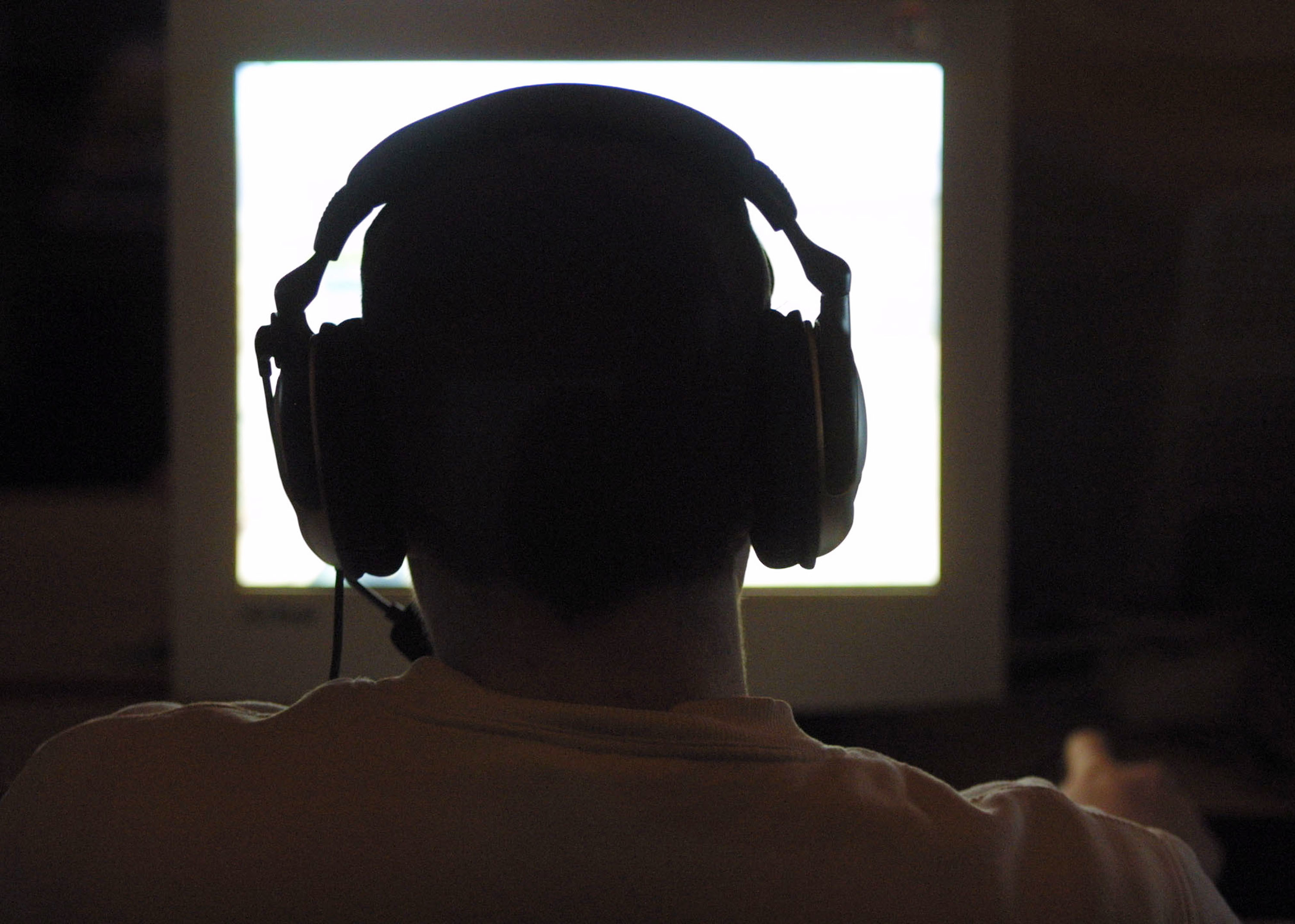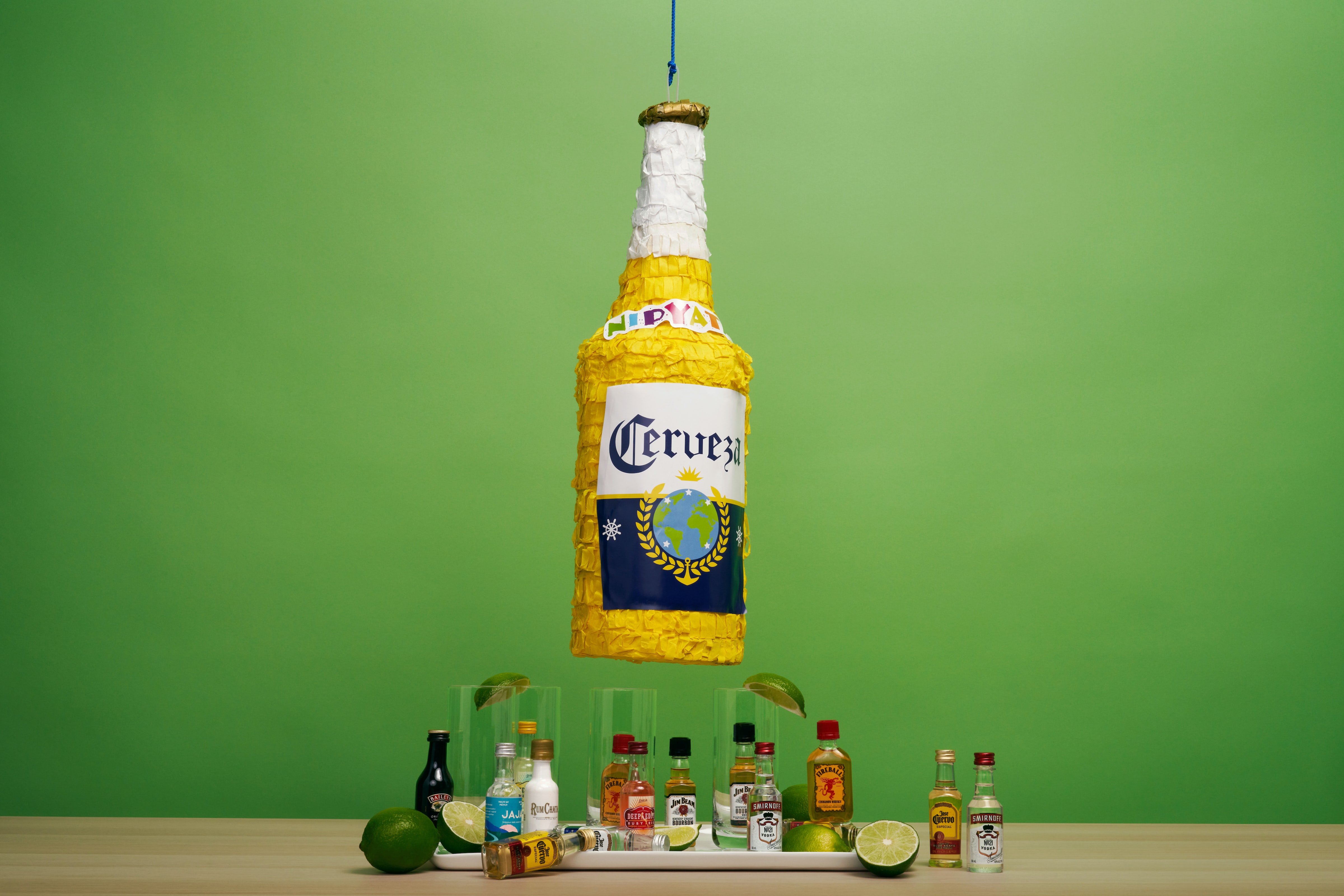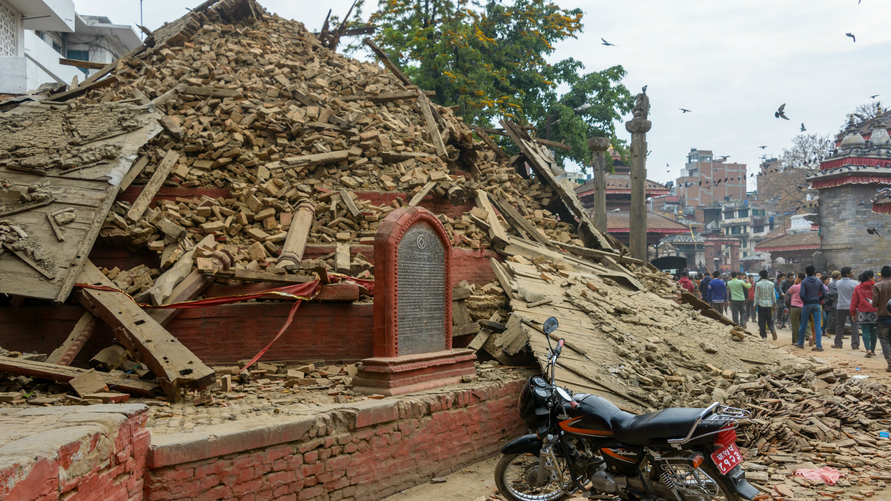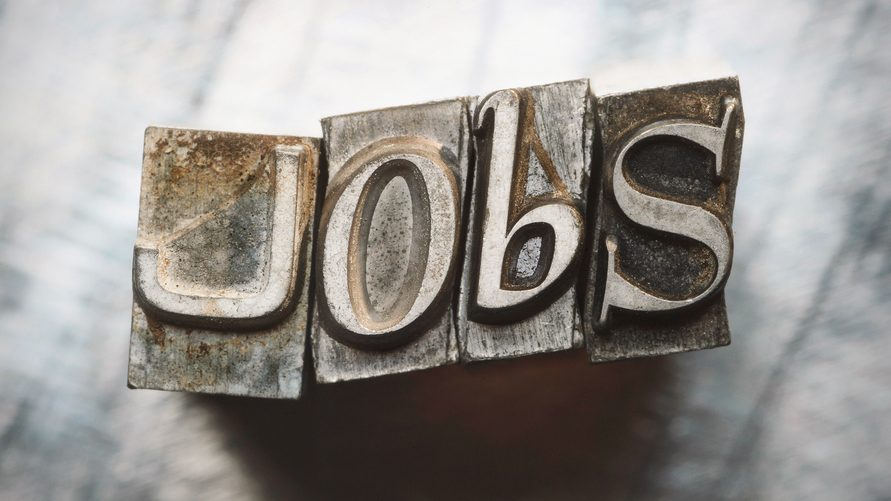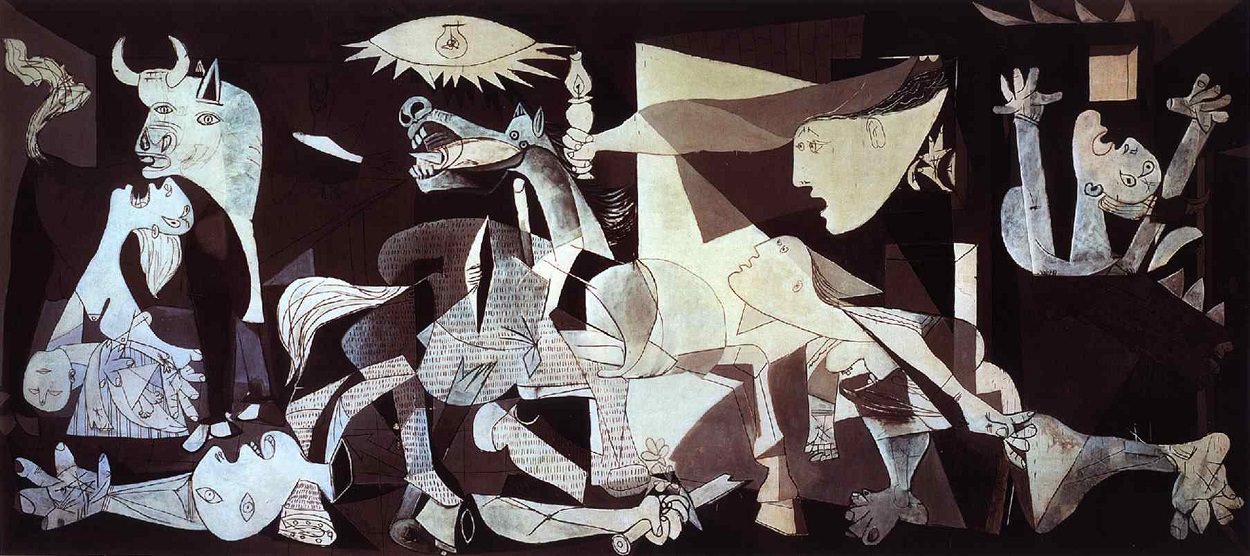Culture & Religion
All Stories
College isn’t a time to curl up in a ball when challenging material comes on the table that might unsettle you or puncture your worldview. A higher education can be, and should be, transformative.
Everyone’s coming-of-age music sounds like a personal revolution, but when did music change for everyone and all at once?
No matter how hard they try, comics never seem to be able to turn the genderist tide. As Jill Lepore points out, “They all look like porn stars.” Why do comics still get women heroes wrong?
The rate at which younger generations are eschewing organized religion is increasing, even from within the millennial generation, according to polls taken by the Pew Research Center.
Congress debated cutting $260 million from Amtrak’s budget as emergency crews searched through the rubble of a train accident that killed six passengers the night before.
Puritanism is not dead yet; the religious assumption of a nuclear family persists. Culturally, we’ve made great gains in same-sex marriage over the past half-decade, yet oddly the roles of women, in workplace pay and as caregivers, have not evolved much. Humans have long confused biology with theology.
Because International has made shoes that can grow up to five sizes in five years, so no child has to go without.
How do the people around us influence our eating habits? Researchers discover that we tend to mirror our environment when consuming food.
Exposure to another language may help open children up to another perspective, allowing them to become better communicators.
The taxonomy team at Amazon is dropping “Boy” and “Girl” as categories for organizing its toys, as friends of those working at the online goods distributor recently announced on Twitter.
New technology will surely improve the lives of older adults. However, there is a secondary effect of today’s technological innovation — it raises our expectations for life tomorrow. Technology is teaching baby boomers and every generation that follows to expect more and better in older age.
When British archaeologist Leonard Woolley discovered in December 1927 the tomb of Puabi, the queen/priestess of the Sumerian city of Ur during the First Dynasty of Ur more than 4,000 years ago, the story rivaled that of Howard Carter’s discovery of Tutankhamun’s tomb in Egypt just five years earlier. “Magnificent with jewels,” as Woolley described it, Puabi’s tomb contained the bodies of dozens of attendants killed to accompany her in the afterlife — the ideal material for a headline-grabbing PR campaign that momentarily shouldered Tut out of the spotlight. A new exhibit at New York’s The Institute for the Study of the Ancient World titled From Ancient to Modern: Archaeology and Aesthetics puts Puabi back in the spotlight to examine how archaeology and aesthetics intersected, transforming ancient art into modern and making modern art strive to be ancient.
If you wondered why Missy Elliot performed at this year’s Super Bowl halftime show, it may be because the NFL knew something about the musical tastes of its fan base, average age 44.
A new smartphone app gives a clever nod to Noam Chomsky while giving players just enough inspiration to create some pretty funny sentences.
Chris Cuomo, a CNN anchor and the brother of New York’s governor, Andrew Cuomo, performed a valuable public service on Wednesday when he sent what I would hope is the […]
A recent study finds that real-world stereotypes continue to exist in virtual worlds.
Psychologists think there’s another reason behind the scorn atheists face, and it’s fear. Atheists make some people confront the idea there may not be everlasting life after death.
Cinco de Mayo is not, as many Americans assume, Mexico’s Independence Day. It’s not even an important holiday south of the border. Instead, its modern roots can be traced to Mexican-Americans in the 1960s and the opportunism of wily beer distributors.
Some beggars in India have chosen to take issues into their own hands and have started the first bank in their country run by beggars for beggars.
A study reveals that most teens believe they won’t be victims of cyberbullying — it’s something that happens to other people.
Excavators in Nepal will have access to a smartphone app to allow them to share images and documentation of salvaged artifacts.
Call it the psychology of the job search: The typeface you choose for your résumé communicates much more to the hiring manager than you’d think.
By the 1960s the two most criticized art forms in America were modern art and television. Some critics called modern art mystifying junk, while others targeted TV as anything from trash to a threat to democracy. Revolution of the Eye: Modern Art and the Birth of American Television at The Jewish Museum, New York, hopes to redeem both media by exploring how modern art provided an ethos and aesthetic for early television — a debt repaid later as television, in turn, inspired a new generation of modern artists, including Andy Warhol, who began as a modernist-influenced graphic designer for, among other clients, television networks. By looking back at modern art and television’s mutual love affair from the 1940s to the 1970s, Revolution of the Eye challenges us to reflect on the artistic aspirations of TV’s latest golden age.
With the May 1st grand opening to the public of its new building in Manhattan’s Meatpacking District, the Whitney Museum launches a new era not only in the New York City art scene, but also, possibly, in the very world of museums. Thanks to a Renzo Piano-designed new building built, as Whitney Director Adam D. Weinberg put it, “from the inside out” to serve the interests of the art and the patrons first, the new Whitney and its classic collection of American art stretching back to 1900 has drawn excited raves and exasperated rants from critics. Their inaugural exhibition, America Is Hard to See, gathers together long-loved classic works with rarely seen newcomers to create a paradox of old and new to mirror the many paradoxes of the American history the art embodies and critiques by turns. This shock of the new (and old) is the must-see art event of the year.
A recent study reveals how we can use peer pressure to encourage more sustainable travel.
The innovative design of a Tokyo kindergarten fosters physical activity, learning, play, autonomy, and the feeling of community.
Some people require a guiding light to help urge them toward tidying their personal space. One ancient philosopher in particular would suggest letting context and pragmatics serve as that light.
The world is improving when it comes to preventing deaths during natural disasters. Unfortunately, those improvements aren’t felt in poor countries like Nepal.
Today’s the 78th anniversary of the bombing of Guernica. The only reason you probably don’t know that already is because this isn’t the event’s 75th or 100th anniversary, because we as a society value some numbers over others.
A serial litterer who made a habit of tossing books out his car window the past few months has been identified and cited by police in Boulder, Colorado.

